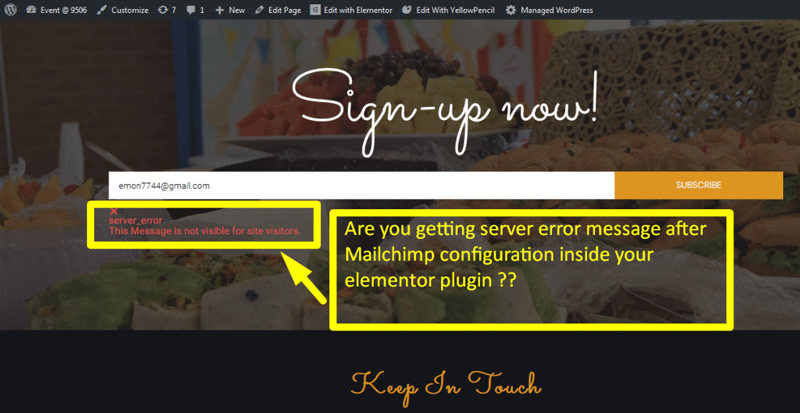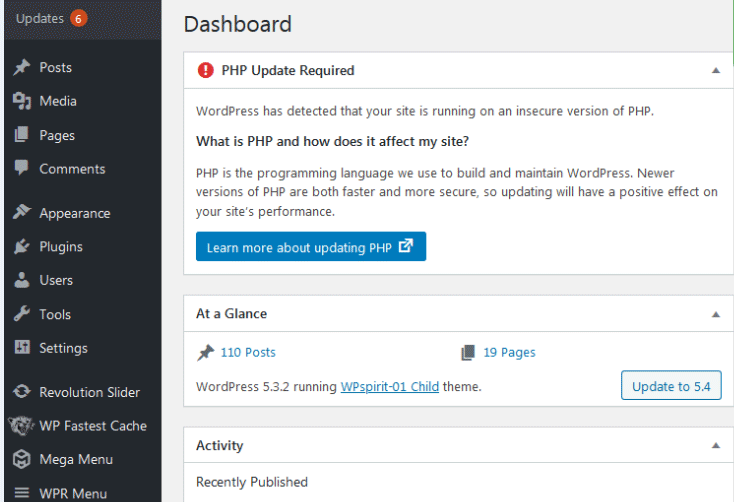You can learn the basics of WordPress in a few days. Mastering advanced features may take a few months.
WordPress is a versatile platform for building websites, blogs, and online stores. Its user-friendly interface allows beginners to quickly grasp the essentials. Learning core functionalities, like creating posts and pages, is straightforward and can be done in a matter of days.
For those aiming to delve deeper, mastering themes, plugins, and customizations may take a few months. With countless online resources, tutorials, and forums, anyone can become proficient. Whether you’re a hobbyist or aspiring web developer, WordPress offers a scalable learning curve. Start with the basics and gradually explore its advanced features to fully leverage its potential.
Introduction To WordPress
Mastering WordPress can take a few weeks for basic understanding, depending on your prior experience with web development. Many find it intuitive, enabling quick learning of essential functions. Advanced customization might require several months of practice.
What Is WordPress?
WordPress is a popular content management system. Many websites use WordPress. It is easy to use and flexible. WordPress powers both simple and complex sites. Bloggers, businesses, and e-commerce sites all use WordPress. The platform is open-source and free. There are many themes and plugins available. These help to customize your site. Many people start learning WordPress in a few days.
Why Choose WordPress?
WordPress is user-friendly. It is easy to set up and manage. No coding skills are needed. The community is large and supportive. Many tutorials and forums are available. SEO-friendly features help your site rank. WordPress is secure with regular updates. Customizable themes and plugins let you create a unique site. It is a great choice for both beginners and experts.
Basic Setup And Installation
A good domain name is key for your website. Pick something short and easy to remember. Many people use their business name. Make sure the domain is available before you decide. Use websites like GoDaddy or Namecheap to check. Buying a domain usually costs $10 to $15 per year. Remember to renew your domain each year.
First, you need a web hosting service. Choose a reliable host like Bluehost or SiteGround. Most hosts offer one-click WordPress install. Follow their instructions to set up WordPress. Log in to your new site using the admin panel. From there, you can start customizing your website.
Understanding The Dashboard
Mastering the WordPress dashboard varies by individual. Most beginners gain a basic understanding within a few days. Advanced features might take weeks to fully grasp.
Navigating The Interface
The WordPress dashboard is the control panel. Here, you manage your website. The left-hand menu is crucial. It has links to all features. The top bar shows notifications and quick links. The main area displays your content and options.
Key Features
WordPress has many key features. The Posts section lets you add blog posts. The Pages section is for static pages. The Media library stores your images and videos. The Appearance menu helps you customize your site. The Plugins section adds extra functionality. The Users area manages site users.
Customizing Your Site
Picking the right theme is crucial. Themes change the look of your site. Some themes are free, while others cost money. Premium themes often have more features. Check if the theme is responsive. This means it looks good on phones and tablets.
Plugins add extra features to your site. There are thousands of plugins available. Some are free, while others require payment. Popular plugins include SEO tools, contact forms, and security add-ons. Always check reviews before installing a plugin. Too many plugins can slow down your site.
Creating Content
Learning to write posts in WordPress is easy. Start by logging into your dashboard. Navigate to the “Posts” section. Click “Add New”. You will see a blank page. Enter your post title at the top. Below the title, write your content. Use the toolbar to format text. Add images by clicking the “Add Media” button. Save your post as a draft or publish it immediately. Practice makes perfect. The more you write, the better you get.
Creating pages in WordPress is simple. Go to the “Pages” section in your dashboard. Click “Add New” to start. Enter a title for your page. Write your content in the editor below. Use the toolbar to format your text. Add images or other media using the “Add Media” button. Save your page as a draft or publish it right away. Creating pages is similar to writing posts. The steps are almost the same. Just practice and you will improve quickly.
Seo And Marketing
Use keywords in your content. Add meta descriptions to your pages. Ensure your site is mobile-friendly. Improve your site speed for better rankings. Use alt text for images. Create a sitemap for search engines. Use internal linking to connect your pages. Keep your URLs short and simple. Update your content regularly.
Share your posts on social media platforms. Use hashtags to reach more people. Engage with your followers by replying to comments. Join groups related to your niche. Post regularly to keep your audience engaged. Share visual content like images and videos. Run contests to attract more followers. Use analytics to track your social media performance.
Advanced Features
Custom post types let you create new content types in WordPress. This feature is essential for complex websites. You can create types like portfolios, testimonials, and products. Custom post types make organizing content easier. It also enhances the site’s functionality. Beginners might find it a bit challenging. But with practice, it becomes manageable. Learning custom post types can take a few days.
User management in WordPress is crucial for collaboration. You can assign different roles to users. Roles include Admin, Editor, Author, Contributor, and Subscriber. Each role has specific permissions. Admins have full control over the website. Editors can publish and manage posts. Authors can write and publish their own posts. Contributors can write but not publish. Subscribers can only read content. Understanding user roles can take a few hours.
Troubleshooting And Support
Many people face issues with WordPress themes. These issues can be frustrating. Sometimes, plugins stop working. This can break your site. Another issue is slow page load times. Slow pages can scare visitors away. Broken links are another common problem. These can lead to 404 errors.
WordPress forums are a great place to start. Many experts hang out there. You can ask questions and get answers. YouTube tutorials can also help. Many users post step-by-step guides. If you need more help, consider hiring a developer. They can fix issues quickly. Online courses are another option. These courses cover all aspects of WordPress.
Estimated Learning Timeline
Learning WordPress for beginners takes around 2-4 weeks. This includes understanding the basic concepts and features. Beginners will learn how to install WordPress, set up a basic website, and navigate the dashboard. With dedication, beginners can also learn to use themes and plugins effectively within this time.
Intermediate users usually need 1-2 months to become proficient. They will learn to customize themes and modify plugins. Intermediate users also explore SEO techniques and basic coding. This stage involves managing website performance and security. Practice and real-world experience are crucial for growth at this level.
Advanced users might take 3-6 months to master WordPress. They learn to develop custom themes and write plugins. Advanced users also focus on complex coding and website optimization. Expertise in database management and server-side configurations is also required. Continuous learning and staying updated with latest trends are essential.
Conclusion And Next Steps
Mastering WordPress varies by individual, often taking a few weeks to several months. Start with tutorials, practice consistently, and explore advanced features to enhance your skills.
Further Learning Resources
There are many resources to learn WordPress. You can start with online tutorials. YouTube has many free videos. Books can also help. Check out WordPress for Beginners. Many blogs write about WordPress tips and tricks. Practice is key. Try to build small projects. You will learn faster with hands-on experience.
Joining The Community
Join the WordPress community to get help. Many forums exist for WordPress users. WordPress.org has a large forum. You can ask questions and get answers. Social media also has groups. Facebook and LinkedIn have WordPress groups. Meetups are great for networking. You can find local WordPress meetups. These are good for learning and sharing. Being part of the community makes learning fun.
Frequently Asked Questions
Is It Hard To Learn WordPress?
Learning WordPress is not hard. Beginners find it user-friendly and intuitive. Many online resources and tutorials are available. With practice, you can master it quickly.
Can I Learn WordPress In 3 Days?
Yes, you can learn WordPress basics in 3 days. Mastering advanced features will take more time and practice.
How Fast Can You Learn WordPress?
You can learn WordPress basics in a few hours. Mastering advanced features may take a few weeks. Practice regularly.
Can I Learn WordPress In 2 Weeks?
Yes, you can learn WordPress basics in 2 weeks. Focus on tutorials, practice daily, and explore its features.
Conclusion
Mastering WordPress varies for everyone, but dedication speeds up the process. Start with basics and gradually explore advanced features. Consistent practice is key to proficiency. Online resources and community support can greatly aid your journey. Enjoy the learning experience, and soon you’ll confidently manage your WordPress site.


